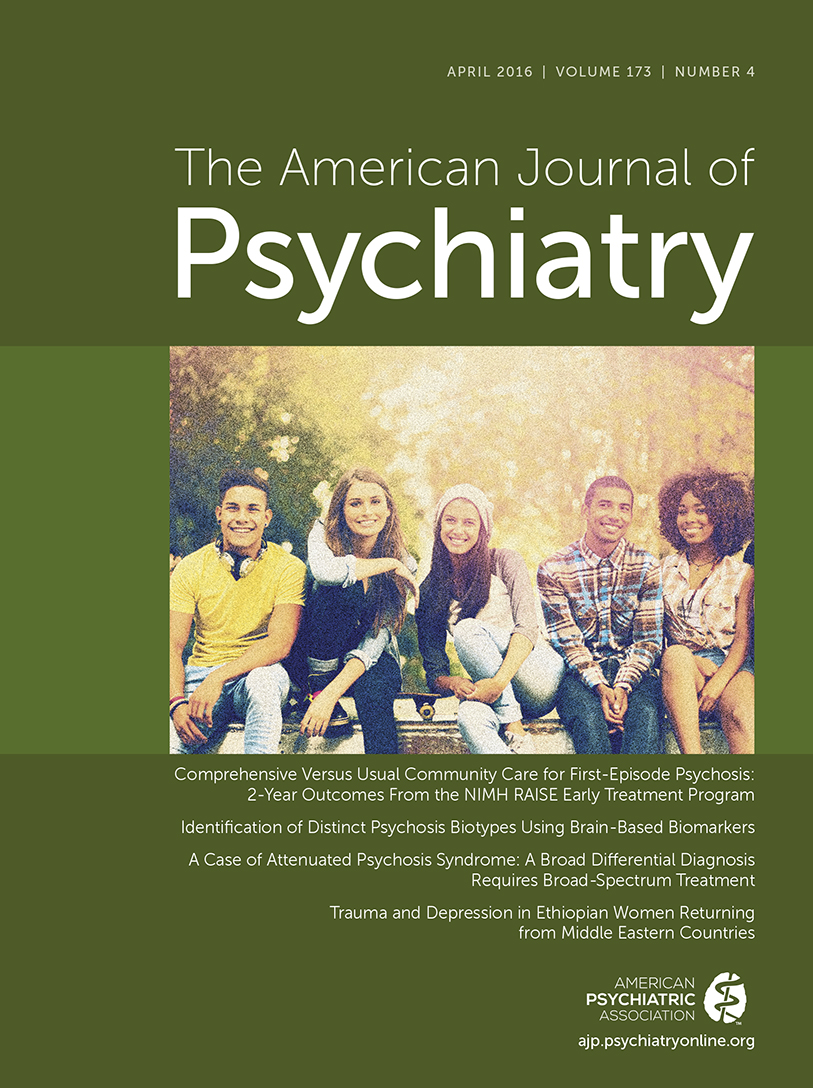Bitemporal Versus High-Dose Unilateral Twice-Weekly Electroconvulsive Therapy for Depression (EFFECT-Dep): A Pragmatic, Randomized, Non-Inferiority Trial
Abstract
Objective:
ECT is the most effective treatment for severe depression. Previous efficacy studies, using thrice-weekly brief-pulse ECT, reported that high-dose (6× seizure threshold) right unilateral ECT is similar to bitemporal ECT but may have fewer cognitive side effects. The authors aimed to assess the effectiveness and cognitive side effects of twice-weekly moderate-dose (1.5× seizure threshold) bitemporal ECT with high-dose unilateral ECT in real-world practice.
Method:
This was a pragmatic, patient- and rater-blinded, noninferiority trial of patients with major depression (N=138; 63% female; age=56.7 years [SD=14.8]) in a national ECT service with a 6-month follow-up. Participants were independently randomly assigned to bitemporal or high-dose unilateral ECT. The primary outcome was change in the 24-item Hamilton Depression Rating Scale (HAM-D) score after the ECT course; the prespecified noninferiority margin was 4.0 points. Secondary outcomes included response and remission rates, relapse status after 6 months, and cognition.
Results:
Of the eligible patients, 69 were assigned to bitemporal ECT and 69 to unilateral ECT. High-dose unilateral ECT was noninferior to bitemporal ECT regarding the 24-item HAM-D scores after the ECT course (mean difference=1.08 points in favor of unilateral ECT [95% CI=−1.67 to 3.84]). There were no significant differences for response and remission or 6-month relapse status. Recovery of orientation was quicker following unilateral ECT (median=19.1 minutes versus 26.4 minutes). Bitemporal ECT was associated with a lower percent recall of autobiographical information (odds ratio=0.66) that persisted for 6 months.
Conclusions:
Twice-weekly high-dose unilateral ECT is not inferior to bitemporal ECT for depression and may be preferable because of its better cognitive side-effect profile.



